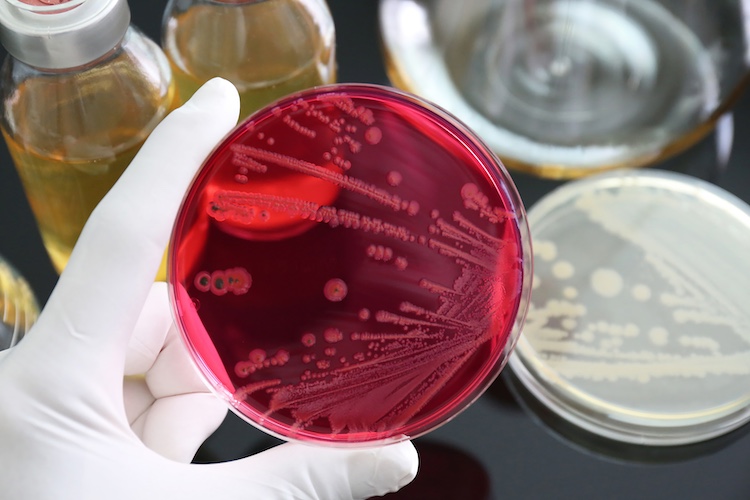
Farmers are well aware of the challenges that come with various strains of salmonella, but handling an outbreak of sick animals can still be difficult. What can be done when Salmonella Dublin (S. Dublin) is identified on the farm?
Veterinarian Joe Armstrong, an educator with the University of Minnesota Extension, went through what we know about S. Dublin and how to manage it if found in calves on a recent “The Moos Room” podcast.
Armstrong shared that there are many types of salmonella strains and through his experience, salmonella as a whole and S. Dublin in particular are on the rise. S. Dublin is unique in that it is a cattle host adapted strain of salmonella. Animals become affected when they are immunosuppressed and the bacteria can take over. Like most salmonella strains, S. Dublin can cause clinical signs in calves through diarrhea. Unlike other strains, S. Dublin also often causes respiratory issues. However, it doesn’t present itself like normal pneumonia with a cough. Infected calves will have an increased respiratory rate and be breathing with extra effort. They often look depressed and lethargic, Armstrong added.
S. Dublin is introduced to a farm through some lapse in biosecurity. Armstrong shared it often comes from animals sourced from off the farm and then will present itself when management practices become poor. “S. Dublin is very difficult to get rid of unless you are immaculate with your internal biosecurity,” said Armstrong.
It is hard to identify asymptomatic carriers, making it a problem that farms likely can’t cull out. On the flip side, if management practices are strong and calves are healthy, S. Dublin can live in asymptomatic carriers and not cause issues.
If S. Dublin is identified, what can a farm do? Step one starts in the calving pen. Remove calves and clean the pen right away after each birth. Salmonella lives very well in the environment, so sanitizing immediately reduces the risk of transmission to a newborn, Armstrong noted.
Step two is to not have immunosuppressed calves on the farm. Calves that are healthy won’t provide S. Dublin with the opportunity to become clinical. “Vaccines are a piece of the puzzle, but not the silver bullet,” said Armstrong. Work with your veterinarian to find the best vaccination protocol.
Finally, farm biosecurity will help reduce transmission of S. Dublin. Be mindful of always working from the youngest animals to the oldest, have dedicated footwear and coveralls for calf chores, or at the very least, make sure to clean boots and clothing when moving between groups.








